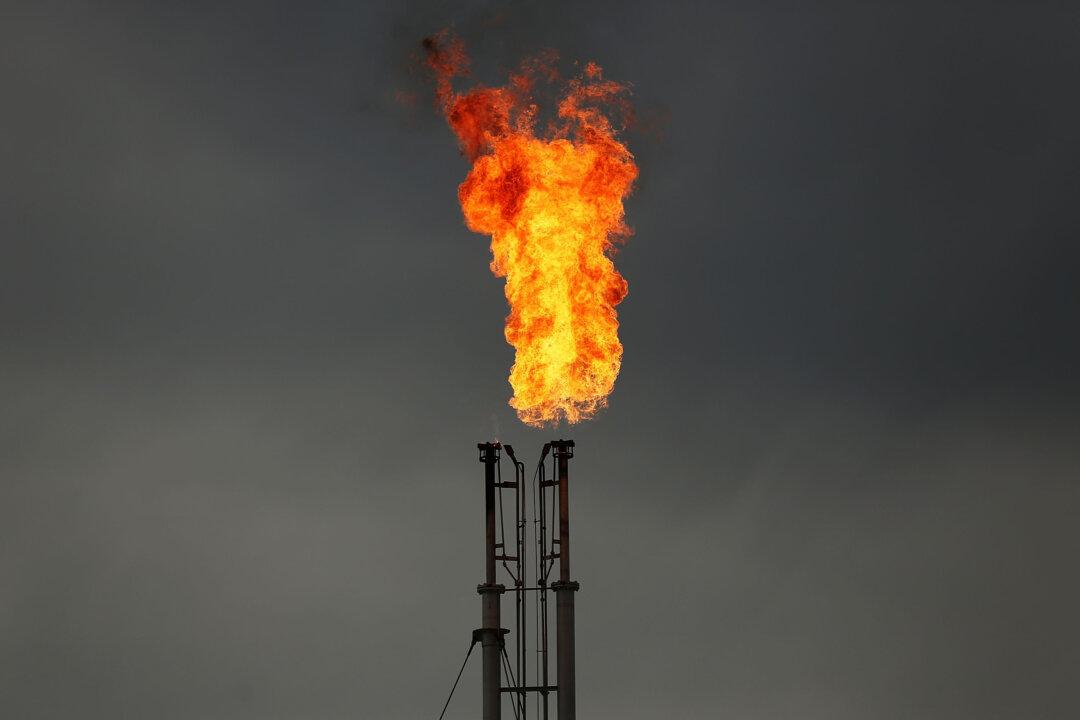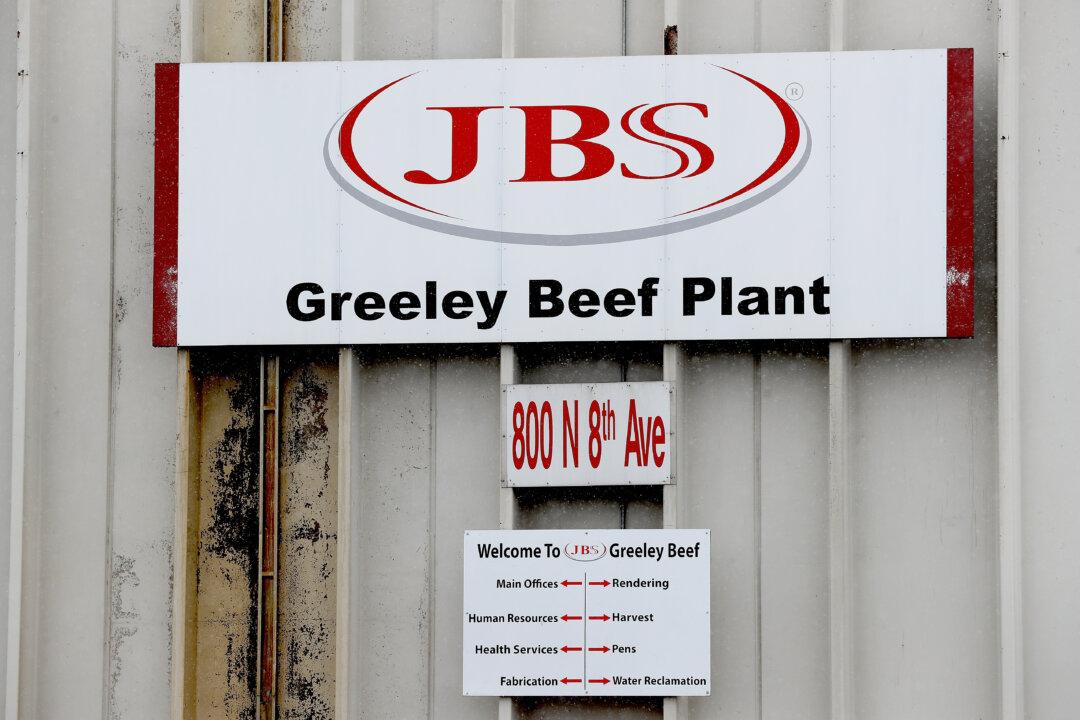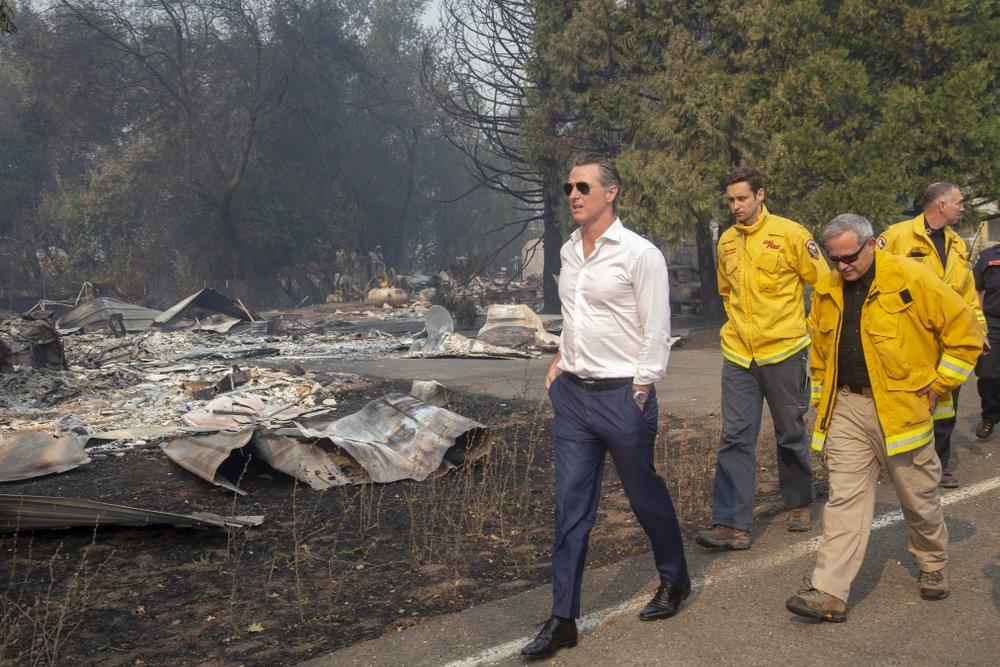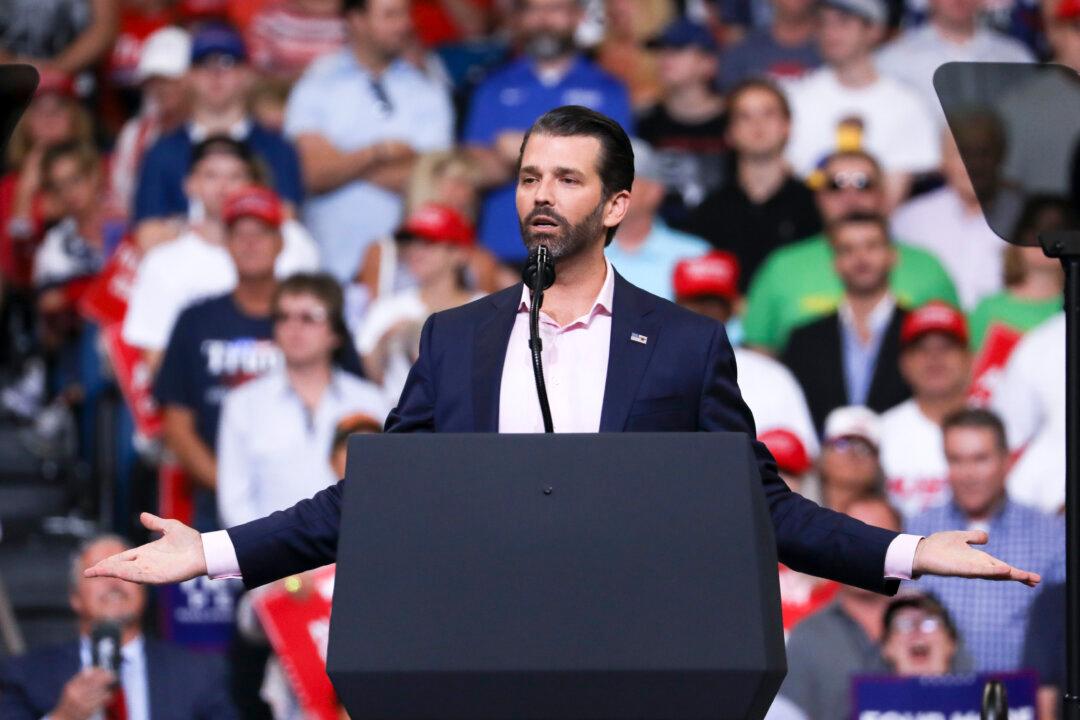With low liquid natural gas (LNG) prices making U.S. exports an increasingly attractive option for other nations’ electricity generation, industrial processes, and space heating, a string of LNG infrastructure projects around the world are indicating where the LNG market could develop in the coming years.
Indeed, if the Trump administration’s LNG policy of facilitating the development of pipelines and export terminals continues to be mirrored by the construction of corresponding port, storage, and regasification infrastructure internationally, a host of new markets could open up for American fuel products.





